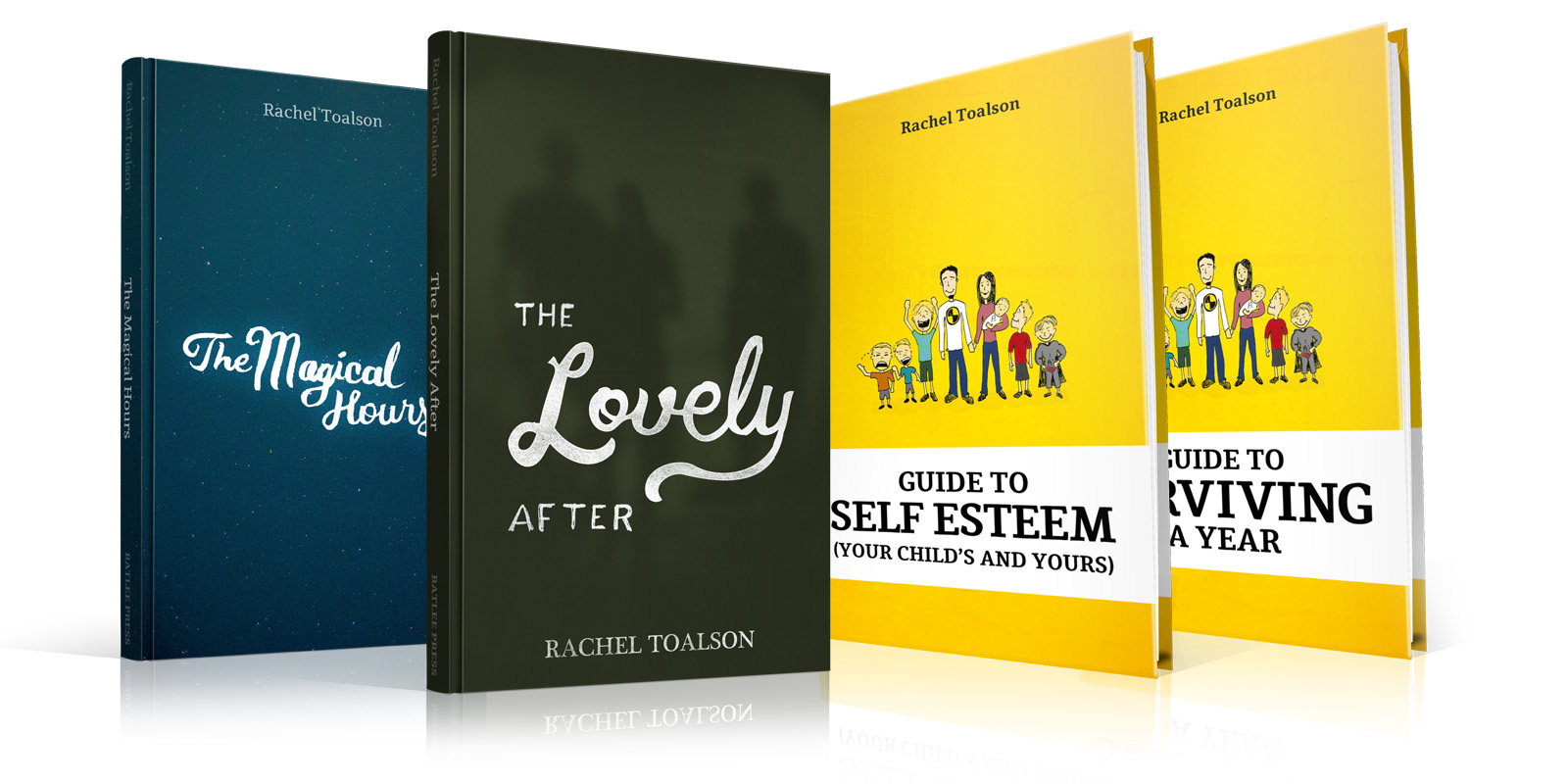My love month is October.
This is the month when I celebrate walking down the aisle in an old historical church situated inside a lovely wood near a lake, at the end of which was the man I loved. The evening of October 11, 2003, was the night when my husband and I looked at one another and promised forever—promised, essentially, that we would break the generations of divorce that marked our family lines. It was the night we walked down an enchanted path lined with deer (just like the princesses had in the fairy tales I’d loved as a child). It was the night we held hands across a stick shift, on our way to a magical Disney World honeymoon.
This year we celebrate fifteen years married.
We try, every year, to remind our sons about the birthday of our marriage. We tell stories of falling in love, laughing with our sons about the miscommunication mishaps, bungled dates, and the fumbling of our feet along the path to forever. Sometimes we take out the old albums and relive the days when we were young and practically carefree, basking in the memories of a time we can hardly recall. Sometimes we dance in our kitchen while our sons do chores around us and pretend not to like our show of affection.
I’ve been wrestling, as I always seem to do, with this idea of love for the last several weeks. I have always been a person given to romance—but romantic love is not the only love I think about. In fact, most of the time the kind of love I think about is the one that extends to all humanity—the one that connects us to each other. The one that often feels difficult to choose. The one that does not always come easily or naturally.
My second son asked me the other day why some people are so difficult to love. He had been bickering all day with his next-in-line brother, who is only fourteen months younger than he is. They currently wear the same size clothes—yet another opportunity for contention in their relationship: whose shirt is whose?
I did not answer his question, because there was a larger question on the table, a larger teaching to be made. A teaching about the nature of love—one so important I could not let it go.
When we are in the presence of someone we consider difficult (which is, of course, always subjective), love can feel nearly impossible. But love is not always something that wells up in us and overflows onto all those around us; it is, most frequently, something we must purposefully put on.
We put on our love. We gird ourselves with love. We clothe ourselves with love, arm ourselves with love, fortify ourselves with love. We focus our eyes on love. We train ourselves to become love.
When we move out into the world—into our schools, our neighborhoods, our workplaces, our social media spaces—we must first put on our love. When we engage in conversation (particularly the heated ones), we must put on our love. When we move about in our homes, we must put on our love.
When our emotions overwhelm us, we must stop, breathe, and reach for love—so that we can put it on.
Love is how we see each other clearly. It is how we learn from one another. It is how we grow ourselves.
Mary Renault famously said: “In hatred as in love, we grow like the thing we brood upon. What we loathe, we graft into our very soul.”
What we love—who we love—we graft into our very soul. The more we think about, embrace, put on love, the more we become it.
I hope we can always be love.


